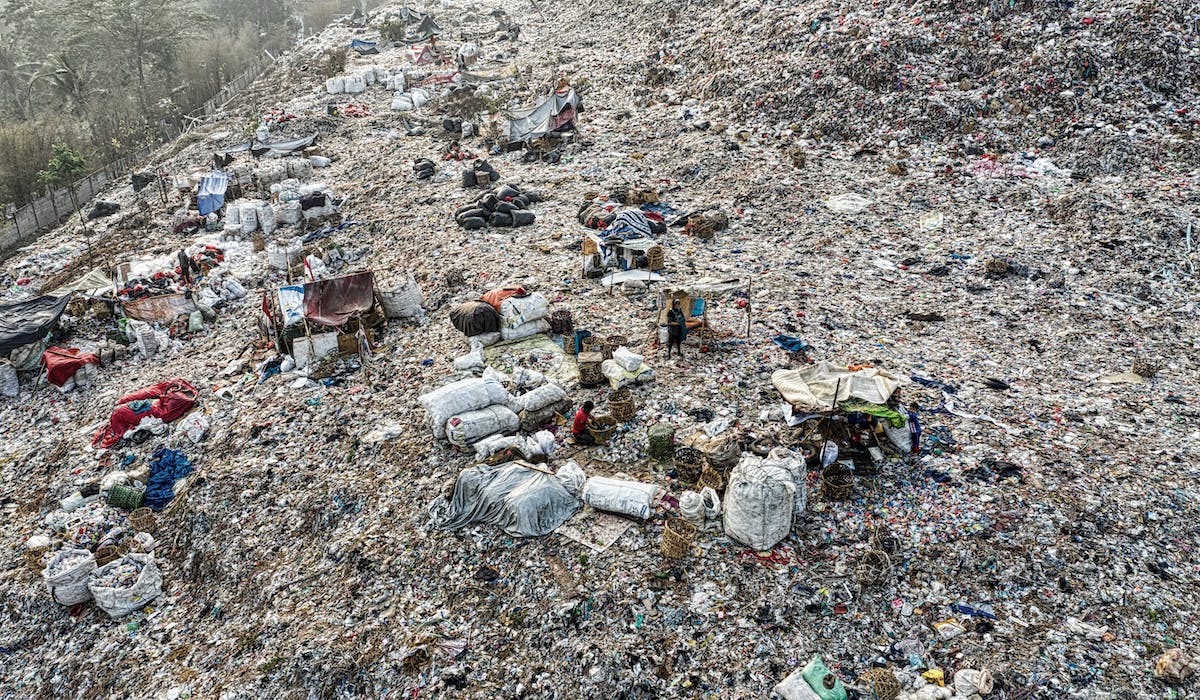Delhi, the capital city of India, has been grappling with severe air pollution for years, drawing international attention to its hazardous air quality levels. The problem has become so acute that it poses significant risks to public health and the environment. In this comprehensive blog post, we will delve into the myriad factors that contribute to Delhi’s alarming pollution levels, exploring both natural and anthropogenic causes.
Geographical Factors
Delhi’s geographical location plays a crucial role in its susceptibility to pollution. The city is situated in the Indo-Gangetic plain, surrounded by the Aravalli Hills on one side. This geographical setting creates a bowl-like structure that traps pollutants, preventing them from dispersing easily. Additionally, the region experiences temperature inversions, where a layer of warm air traps cooler air below, further exacerbating pollution concentration.
Vehicular Emissions
One of the primary contributors to Delhi’s pollution crisis is vehicular emissions. The city has witnessed a staggering increase in the number of vehicles on its roads, leading to a surge in pollutants released into the air. Exhaust fumes from automobiles emit harmful pollutants such as particulate matter (PM), nitrogen oxides (NOx), and volatile organic compounds (VOCs), all of which contribute to the deteriorating air quality.
Industrial Pollution
Delhi’s industrial landscape is another significant contributor to its pollution levels. The city hosts a multitude of industries, including manufacturing, power generation, and construction. These activities release a cocktail of pollutants into the air, including sulfur dioxide (SO2), carbon monoxide (CO), and heavy metals. Inadequate regulatory measures and enforcement often allow industries to operate without implementing proper pollution control measures.
Agricultural Practices and Crop Burning
The practice of stubble burning in the neighboring states of Punjab and Haryana significantly impacts Delhi’s air quality, particularly during the winter months. Farmers resort to burning crop residues as a cost-effective means of clearing fields for the next planting season. The resultant smoke, laden with pollutants, drifts towards Delhi, contributing to the already high pollution levels.
Construction Activities
The booming construction industry in Delhi brings economic development but at the cost of increased particulate matter in the air. Construction activities generate dust particles that remain suspended in the atmosphere, further degrading air quality. The lack of proper dust control measures at construction sites exacerbates this issue.
Waste Burning and Mismanagement
Open burning of waste, including plastic and other materials, is a prevalent practice in Delhi. This releases toxic substances into the air, adding to the overall pollution load. Inefficient waste management systems contribute to the problem, as the decomposition of organic waste in landfills produces methane, a potent greenhouse gas.
Meteorological Factors
Meteorological conditions, such as temperature, wind speed, and direction, play a crucial role in determining the dispersion and concentration of pollutants. During certain weather conditions, pollutants get trapped close to the ground, leading to the formation of smog. Understanding these meteorological factors is essential in devising effective pollution control strategies.
Policy Gaps and Enforcement Challenges
Despite recognizing the severity of the pollution problem, Delhi has faced challenges in implementing and enforcing effective policies. Gaps in legislation, lax enforcement, and insufficient penalties contribute to a lack of compliance among industries and individuals. Strengthening regulatory frameworks and increasing public awareness are essential components of any sustainable solution.
Public Awareness and Participation
Raising public awareness about the health risks associated with air pollution is crucial for fostering a sense of responsibility among citizens. Encouraging sustainable practices, such as the use of public transportation, waste segregation, and tree plantation drives, can contribute to a collective effort to combat pollution.
Technological Solutions
Advancements in technology offer hope for mitigating Delhi’s pollution crisis. Electric vehicles, improved industrial processes, and innovative pollution control technologies can significantly reduce emissions. Investing in research and development for sustainable urban planning and infrastructure can also contribute to long-term solutions.
Conclusion
Delhi’s air pollution crisis is a multifaceted problem that requires a comprehensive and collaborative approach. Addressing the issue involves tackling vehicular emissions, industrial pollution, agricultural practices, waste management, and enforcing stringent regulations. The key lies in combining technological solutions with public awareness and participation, all underpinned by robust policy frameworks. Only through a concerted effort can Delhi hope to breathe cleaner air and safeguard the health and well-being of its residents.
